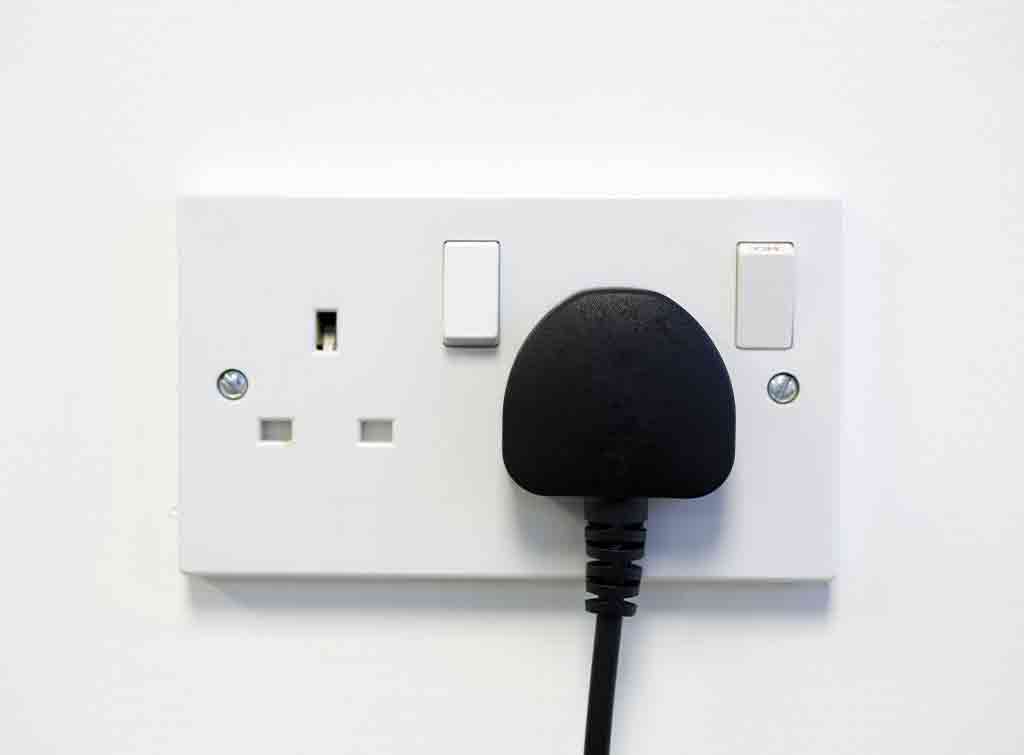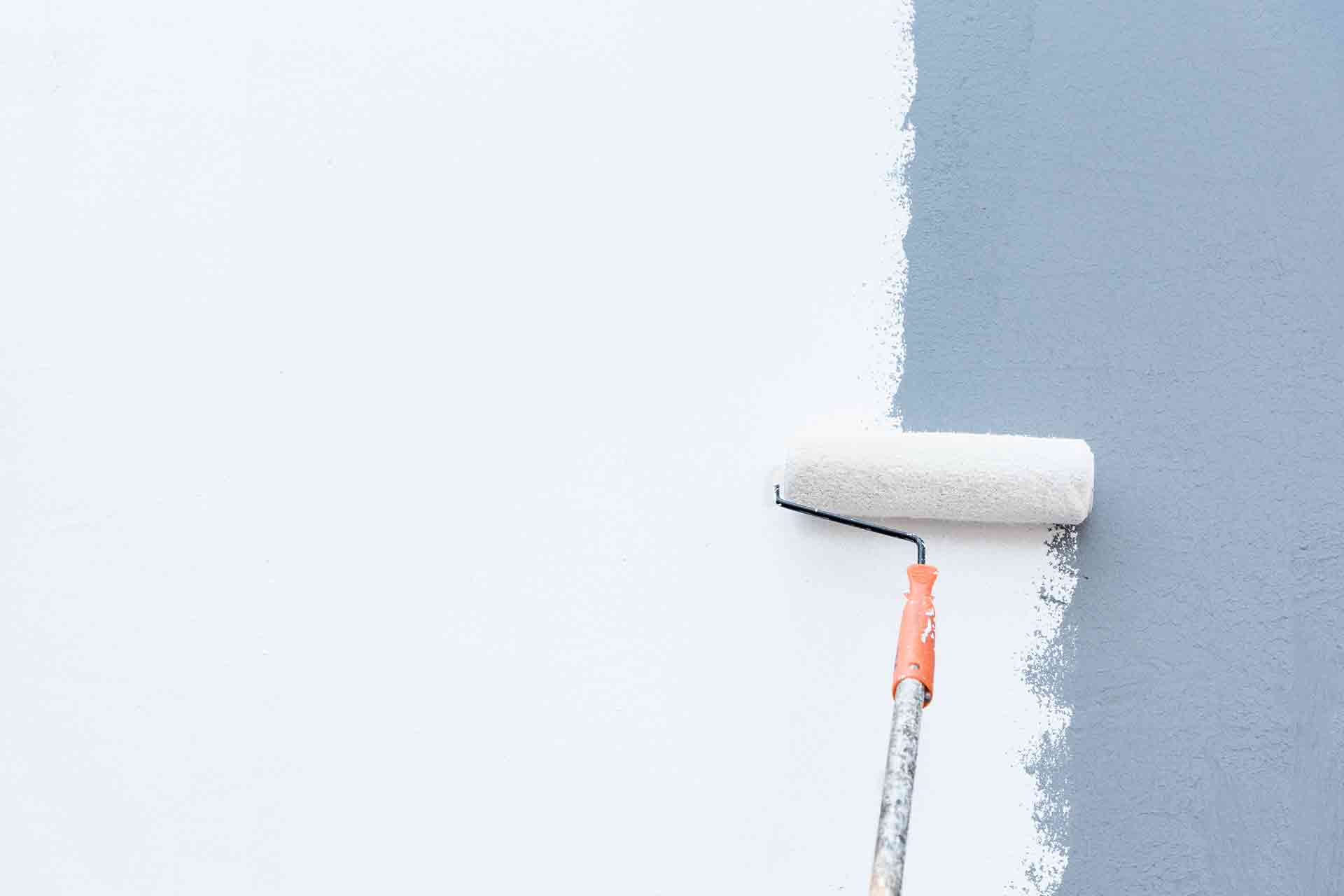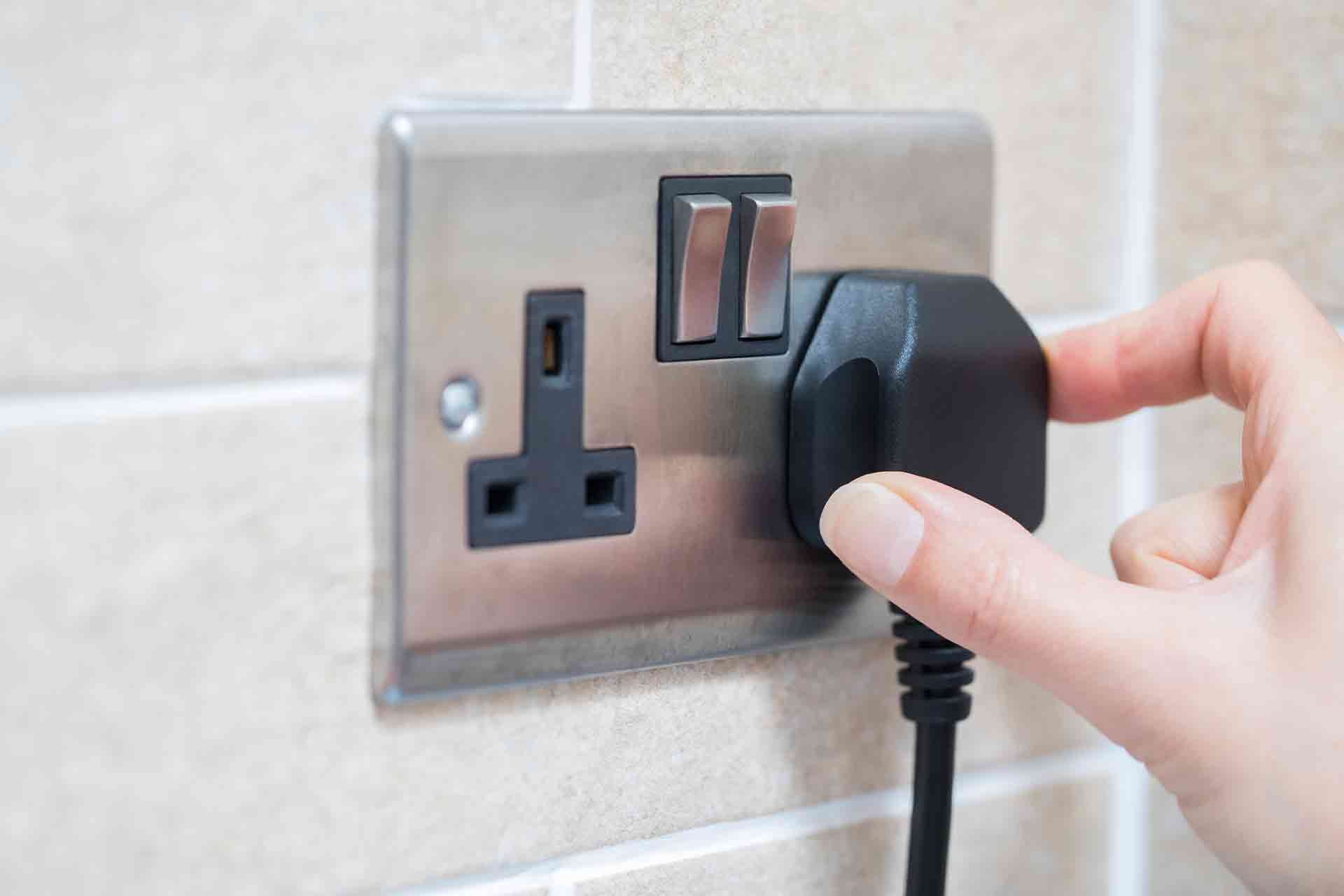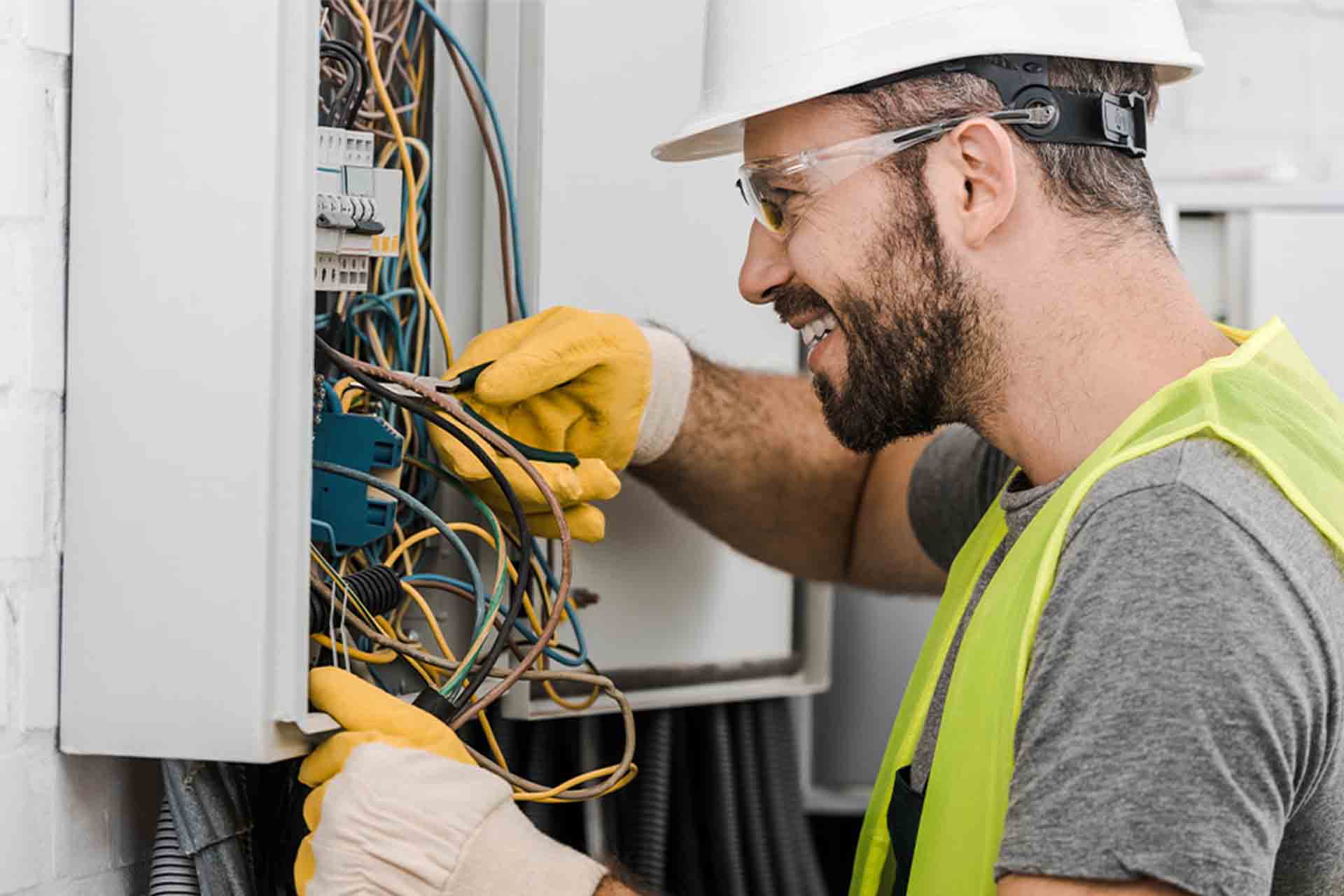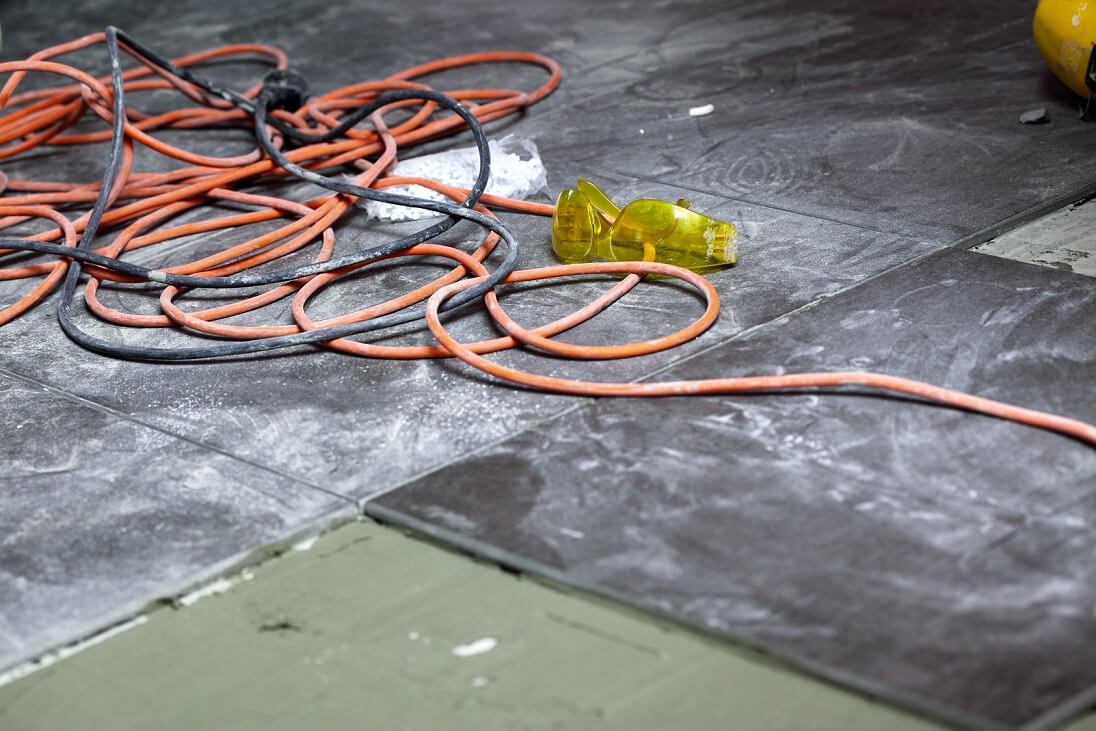Blog>How-To Guides>How to wire a plug safely
Last updated: 29 August 2024
How to wire a plug safely
Ever wondered how to wire a plug? In this handy step-by-step guide, we'll talk you through the process for wiring a plug so you can safely do the job yourself.

For most electricity-related jobs, we recommend hiring a qualified local electrician. However, learning how to wire a plug is suitable for a DIY task.
So, if you want to wire a plug yourself, keep reading to find out how.
Safety preparation for wiring a plug
It's important to understand the legalities associated with learning how to wire a plug, so make sure you read the information below before starting:
Duty of care
Legally you have a duty of care for anyone in your home. You can be prosecuted if a visitor is electrocuted as a result of electrical work you have done.
Therefore, it's important that all electrical work and plug wiring is carried out correctly.
If you're not confident in wiring a plug yourself, we recommend hiring a qualified electrician to do the job.
Competent Person
Part P of the Building Regulations states that any electrical installations must be carried out by a Competent Person.
A competent person is a tradesperson qualified to undertake electrical installations and approved by the government’s Part P scheme.
Whilst you don’t need to be certified to change the accessories or fittings, you must call a qualified electrician if you want to install or replace sockets.
How to find a good local electrician
Electricians are one of the most in-demand tradespeople around, and it’s important to make sure you find a good local electrician to work on your home. In this guide we’ll give you tips to find a good electrician in your area, so that you can be confident you’ll hire someone you can rely on.
See the tradespeople we've checked and recommend for your job
How to wire a plug: step-by-step guide
In this guide, we're focusing on how to wire a moulded plug, so make sure that you have the correct type so that the plug wiring below makes sense.
Tools and materials
Before you start, here are the tools you'll need:
Screwdrivers
Wire cutters
Wire strippers
New plug
It's helpful to gather everything you need before you begin so that you don't have to stop halfway through.
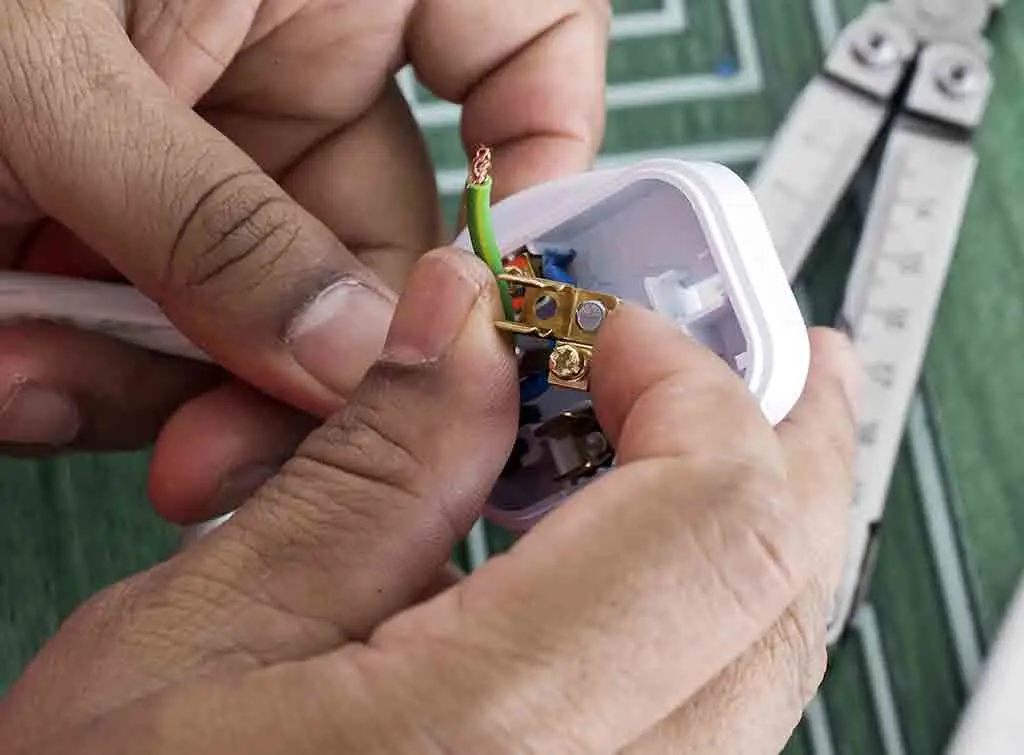
Instructions for how to rewire a plug
Once you have all the above tools, follow the steps below carefully to ensure your plug wiring is done safely and correctly.
1. Cut off the old plug
Cut off the old, moulded plug and dispose of it, as it will now be unusable (CAUTION: Be careful when cutting the cable that you do not damage the wires).
2. Measure and strip the cable
Next, measure 50 millimetres from the cut end of the cable
Use a wire stripper to remove 50mm of the outer casing, then separate the individual wires: Green/yellow, blue and brown
3. Cut wires to length
Using the new plug you are fitting as a gauge, cut the wires to the required length – this usually means that the brown/live wire is the shortest and the green/earth wire will be the longest
4. Strip and prepare wire ends
Remove 5mm of insulation from the end of each wire using the wire strippers.
Twist the copper ends of each wire tightly to ensure they fit into the terminal holes completely.
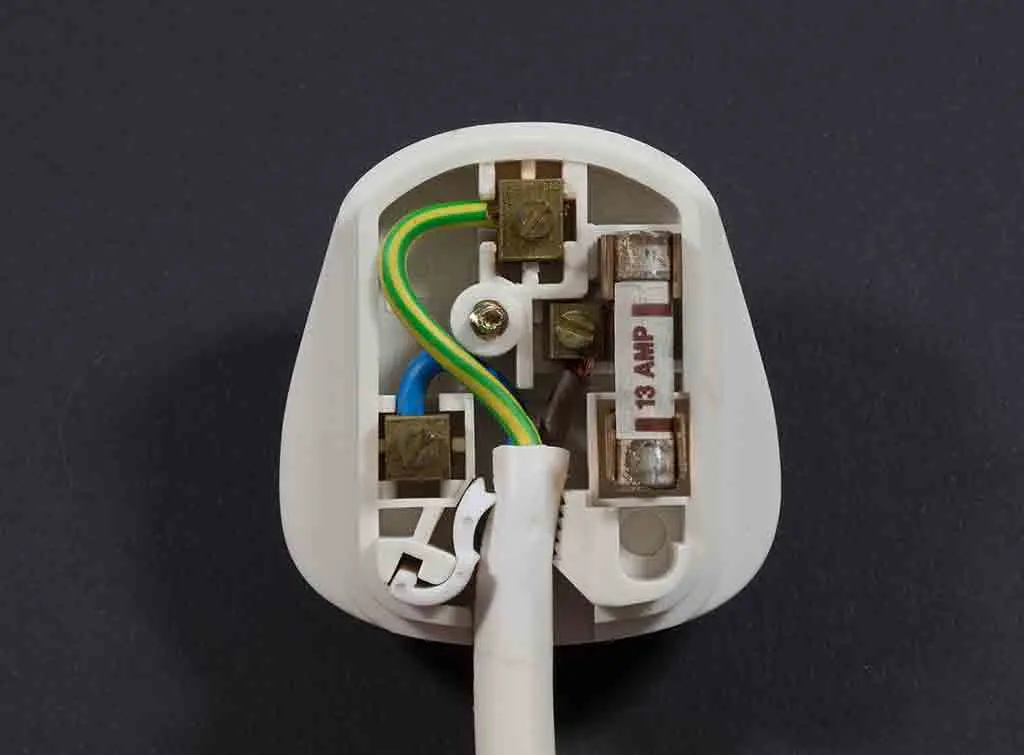
5. Identify terminals and wire colours
Follow the markings inside each plug:
L = Live = Brown
N = Neutral = Blue
E = Earth = Yellow & Green
Note: Some older appliances may have a cable with different coloured cables:
L = Live = Red
N = Neutral = Black
E = Earth = Green
6. Feed wires into the plug
Loosen the cable clamps at the bottom of the plug then feed the cables into the plug
Re-tighten the clamp, to secure the cable in place
See the tradespeople we've checked and recommend for your job
7. Connect wires to terminals
Loosen the screws on each terminal and push the bare part of each wire into the correct position
Tighten the terminal screws to secure them in place (the terminal pins lift to make access easier)
8. Ensure secure connections
Make sure that all wires are attached securely and that all terminal screws are tight, as loose screws can cause overheating
9. Final plug wiring checks and assembly
Check that the cord clamp at the bottom of the plug is gripping the outer insulation casing only and that it is secured tightly – test it by giving the cord a sharp tug
Ensure the correct fuse is fitted, by checking the manufacturer’s guidelines
Once you're happy that all the wires are secure and fitted correctly, replace the plug cover and tighten the screws
By following these steps, you will have learned how to rewire a plug safely yourself.
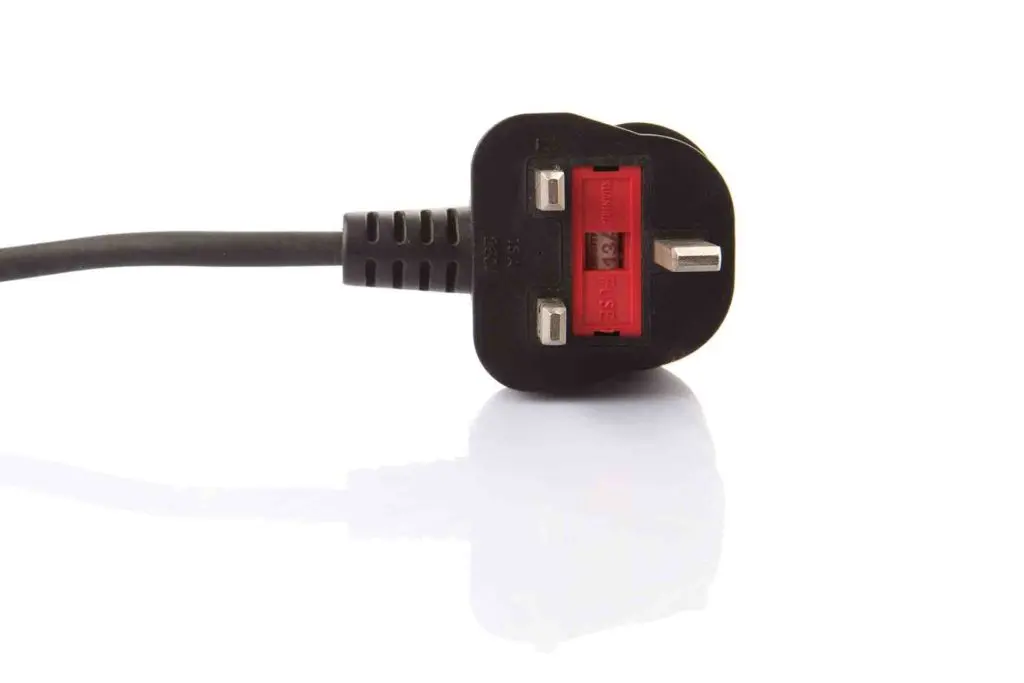
Wiring a plug with two wires
Not all plugs have three wires. Some plugs are double insulated and have only two wires, live and neutral. These plugs do not rely upon the earth wire for protection.
Below are the steps to follow when wiring a plug with two wires:
Begin by using a wire stripper to remove 50mm of the outer casing and separate the individual wires: blue and brown
With the plug you are fitting as a gauge, cut the wires to the required length. This usually means that the brown/live wire is the shortest, the blue/neutral wire will be the longest
Use the wire strippers to strip 5mm of insulation from the end of each wire
Twist the ends of the copper wire tightly to make sure they fit into the terminal holes properly
Always follow the markings inside each plug
To finish, follow steps 9 – 16 of our ‘How to wire a plug’ section above
Once you complete the steps above, you'll have finished wiring a plug with two wires. Great job!
Find and book a local electrician near you today
If you need any electrical work done in your home, your safest option is to work with a qualified electrician. But how do you find qualified electricians near you? Finding a local electrician to match the job you need doing We have a couple of simple ways to find electricians that work close to
Staying safe when wiring a plug
As we mentioned at the start of this guide, wiring a plug can be dangerous if not done correctly. Therefore, it's important important to prioritise safety:
If at any point you get mixed up or confused, make sure you call in an electrician to finish the job safely
It is never worth trying to rush through any project using electricity
Never be tempted to use a plug unless you are 100% sure it's safe
If in doubt, always hire a qualified electrician to wire your plugs

Hire a professional electrician
For complete peace of mind with any plug wiring or electrical work, it pays to hire a qualified electrician.
The average cost of an electrician is around £50 per hour. But it's money well spent to keep you and your home safe.
Find out more about prices in our guide to electrician hourly rates. You might also want to check out some of our other handy guides:
Need help finding a qualified local electrician? Enter your postcode in the box below and browse a list of approved electricians in your area:
See the tradespeople we've checked and recommend for your job
FAQs
Which wire goes where in a plug?
In a standard UK 3-pin plug, the wiring follows a standard colour-coding system as follows:
Live wire (brown) – Connects to the ‘live’ terminal, which is on the right-hand side of the plug when you are facing the pins (usually marked with an "L" or a 1)
Neutral wire (blue) – Connects to the ‘neutral’ terminal, which is on the left-hand side of the plug when you are facing the pins (usually marked with an "N" or a 2)
Earth wire (green/yellow) – Connects to the ‘earth’ terminal, which is at the top of the plug, where the longest pin (Earth pin) is located (usually marked with an "E" or a 3)
For some older appliances, the colours may be: Live = Red, Neutral = Black, Earth = Green.
Which way do plug socket wires go?
When wiring a plug socket in the UK, the wires are connected to specific terminals within the socket as follows:
Live wire (brown) is connected to the terminal marked with an "L" (usually on the right-hand side when looking at the back of the socket)
Neutral wire (blue) is connected to the terminal marked with an "N" (usually on the left-hand side when looking at the back of the socket)
Earth wire (green/yellow) is connected to the terminal marked with an Earth symbol (⏚) or “E” (usually located at the top or in the centre of the socket)
Key points to remember when wiring a plug socket:
Make sure the wires are properly stripped and the right length to fit securely into the terminals without leaving any exposed copper
Once the wires are in place, tighten the screws securely to ensure a good connection (loose connections can cause overheating or electrical arcing)
If you're wiring a double socket, both sockets will have the same terminals and you need to wire them similarly
Always turn off the power supply at the circuit breaker before attempting any wiring work
If you're not confident in how to rewire a plug socket yourself, hire a qualified electrician to avoid any potential hazards
You can find out all about wiring a plug socket in our guide below:
How to wire a plug socket
Running out of plug sockets? Don’t panic, our step-by-step guide will teach you everything you need to know about how to wire a single or double plug socket.
What happens if you wire a plug wrong?
Wiring a plug incorrectly in the UK can lead to several dangerous and potentially life-threatening situations, including:
Risk of a life-threatening severe electric shock
Massive current flow that will blow a fuse, cause sparks and potentially start a fire
Cause a short circuit and trip your circuit breaker
The appliance won’t work
If you're unsure about wiring a plug, hire a qualified electrician to wire the plug for you.
See the tradespeople we've checked and recommend for your job
More How-To Guides
See the tradespeople we've checked and recommend for your job


